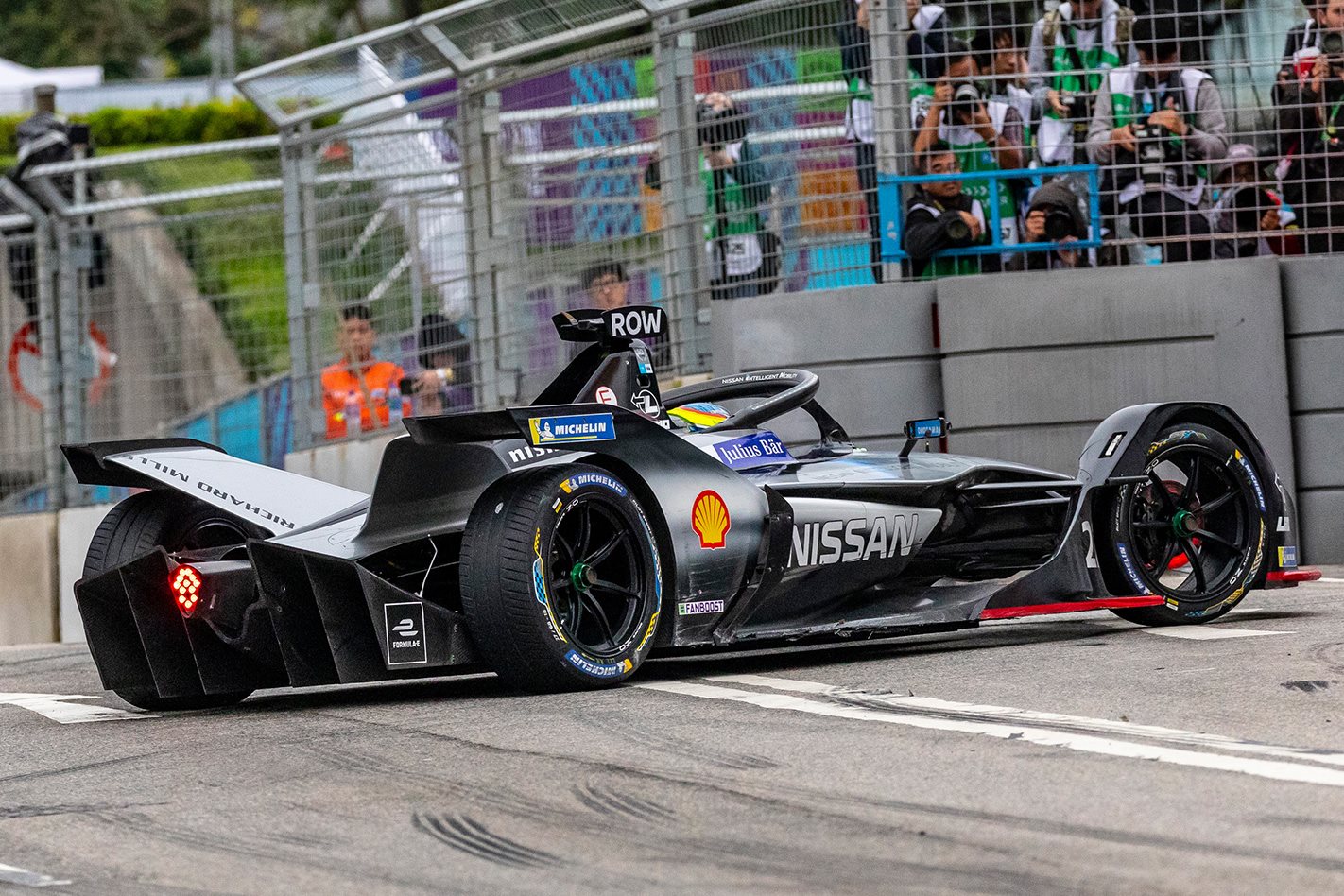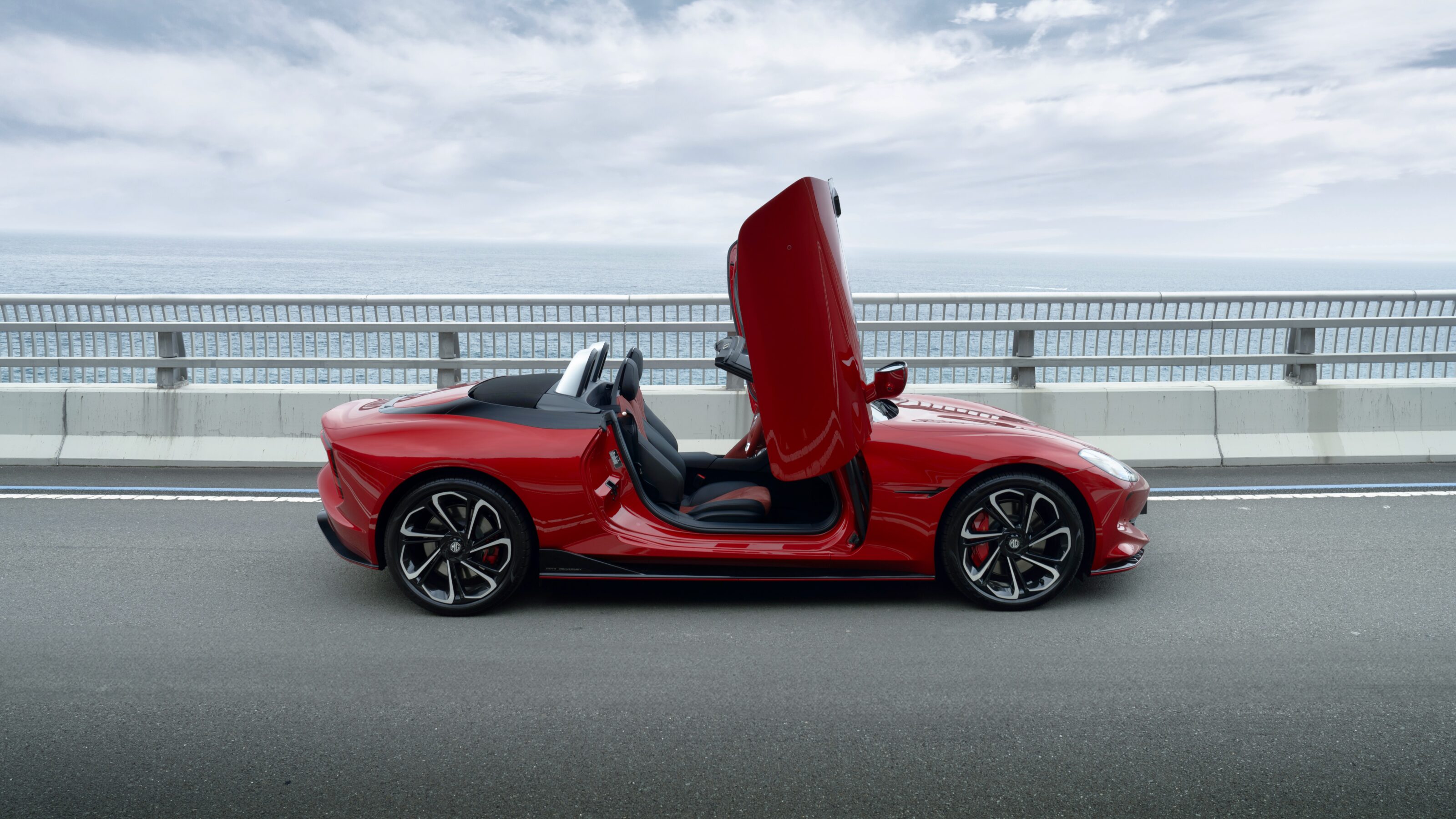What do dual-clutch gearboxes, rear-view mirrors, disc brakes, dual overhead cams, traction control, and active suspension have in common? All were first developed in motorsport, before being fitted to road cars sold to the public.
It’s well-known that technology that is developed on the world’s race tracks in categories like Formula 1 and the World Endurance Championship eventually trickles down to road cars.
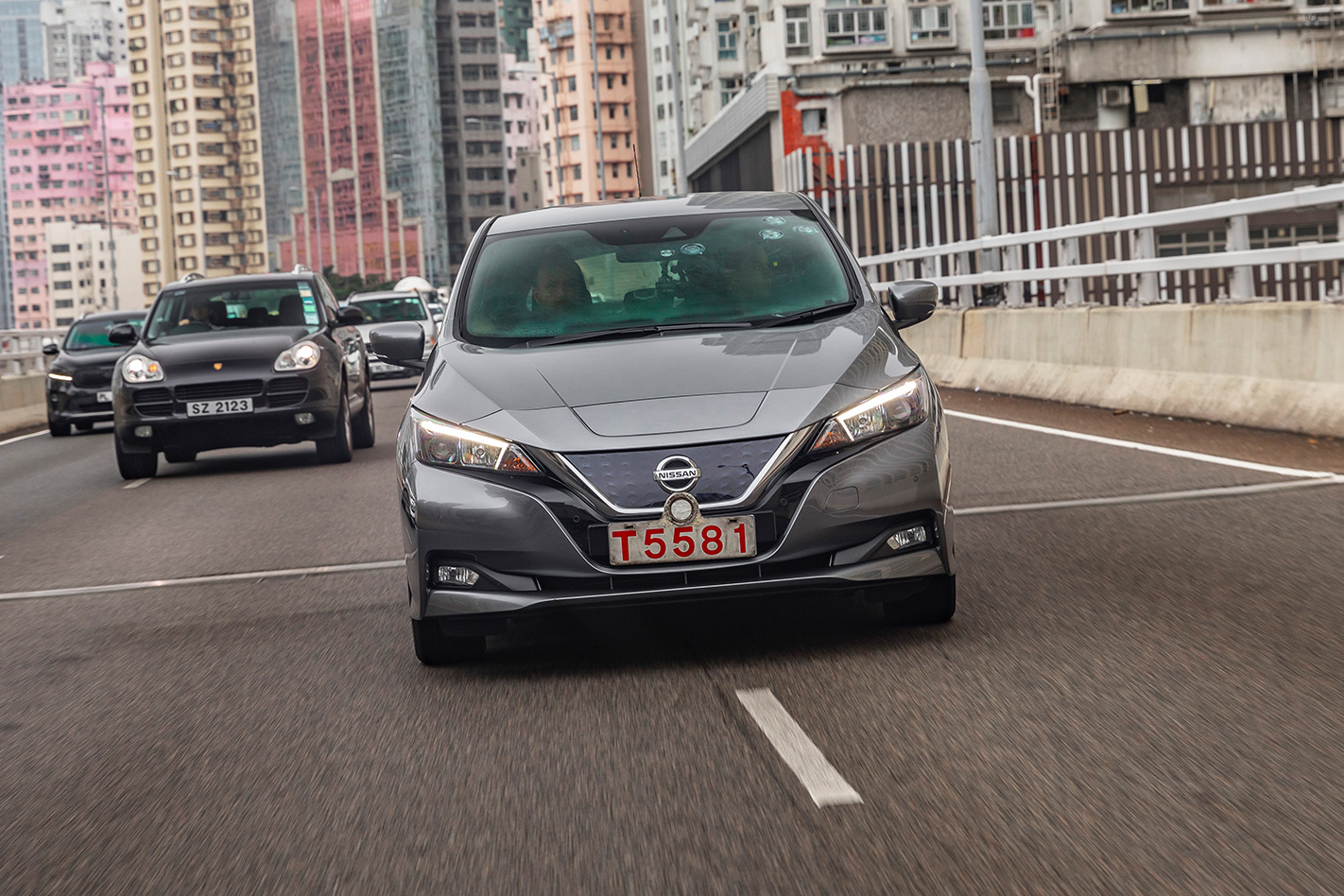
However, for Formula E, the world’s first fully-electric world championship, things are happening a little differently.
Mike Carcamo is the Global Motorsport Director for Nissan, and says instead of a one-way street that often takes years or decades to complete, tech development in Formula E is more of a continuous loop, with production cars leading the way.
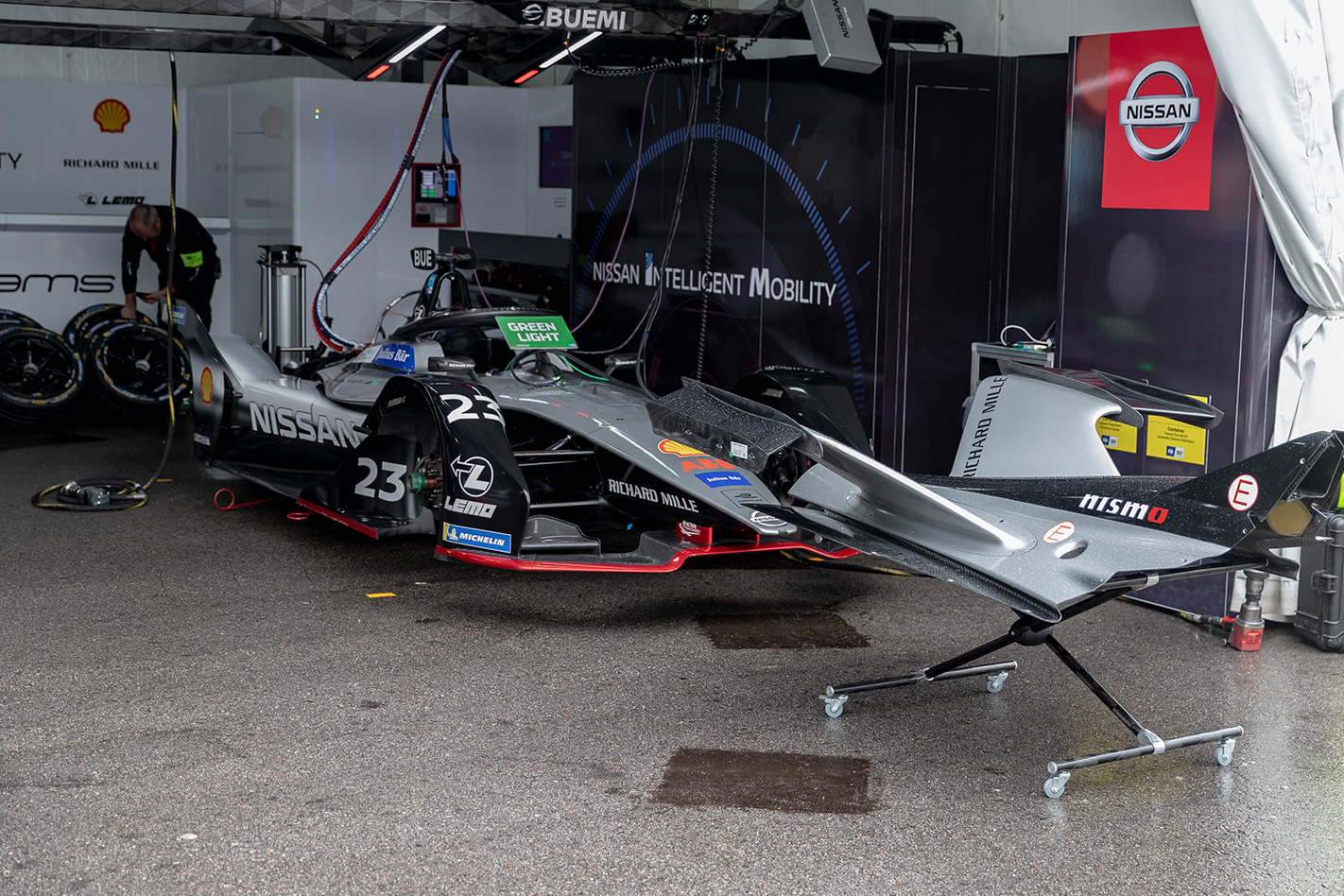
“I see the tech relevance a bit differently,” he told Wheels. “The lead time from production car to race car is much faster. I can take something that has been fully validated from the production side, from a control system standpoint, and almost implement it in weeks in racing.
“What this allows is we can explore [that part], optimise it, and then feed it back into the road car.
“It’s not development [of new parts], but optimisation of software and simulations that can then be brought back [to road cars] with a simple calibration, which is quick.
“From a technical standpoint [for EVs] there is a lot to gain from motorsport, just like there is for internal combustion engines.

“You learn a lot from the rapid pace, and the intensity of the actual event, and that feeds back into the road side.
“To me, [Formula E] is very relevant to our road car business.”
The push to flip the development process on its head has resulted from Formula E’s tight technical regulations, which include a control chassis and battery pack that all teams share.
This limits the areas that can be developed. However, Carcamo says there is still plenty of Nissan DNA in its Formula E racers.
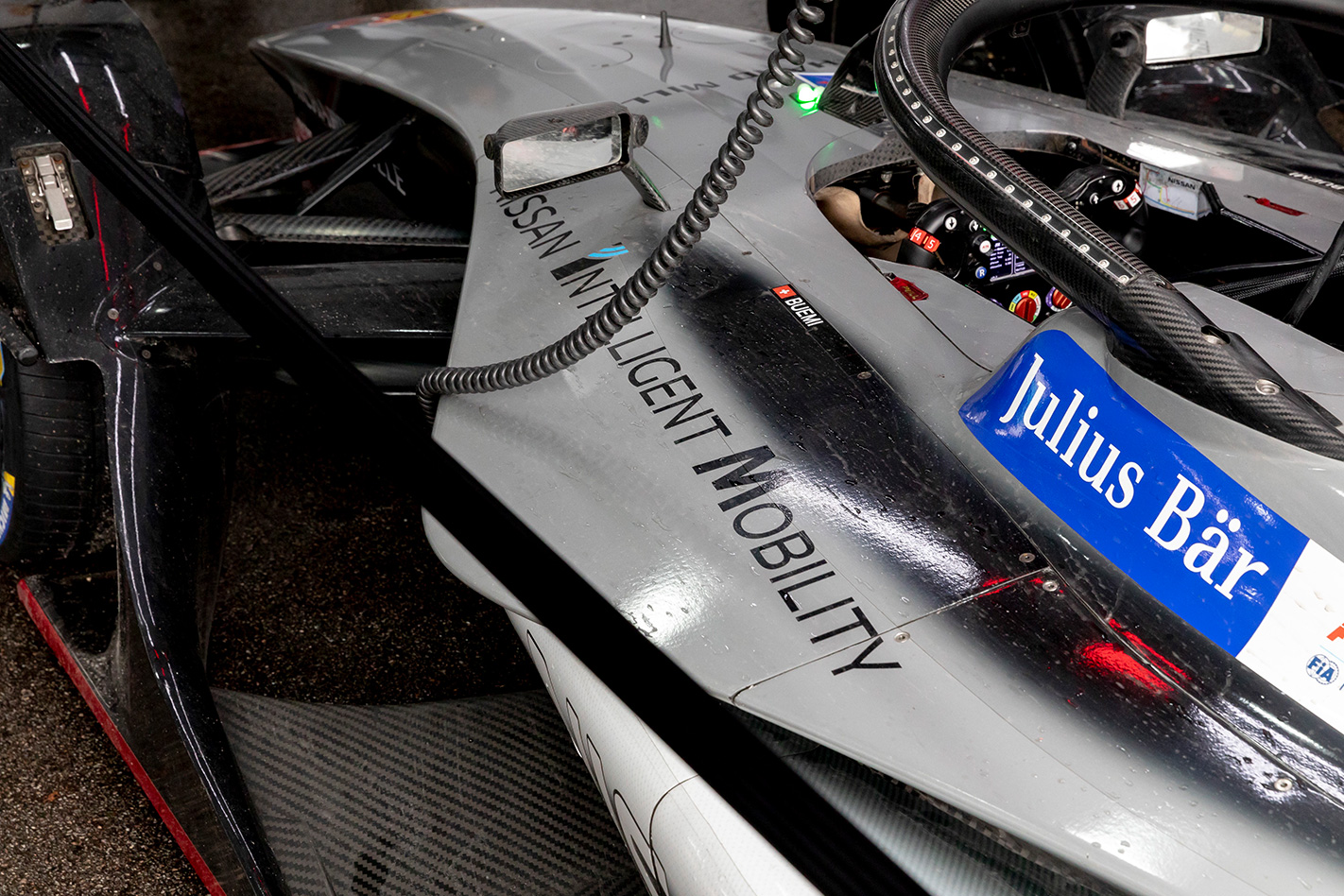
“One of the nice things about the series is they have helped focus the attention on the EV portion, which is the powertrain,” he explained.
“Obviously the batteries are part of an EV solution, but in a motorsport context it would just be us fighting each other in terms of battery development.
“In powertrain development it is about the motor, inverter, transmission, and control systems. That is where there is a lot of value to be added, and that is the most road-relevant from a development standpoint.”

So next time you see a Nissan Leaf on the road, know that it might just have been crucial in the development of an elite race car.


